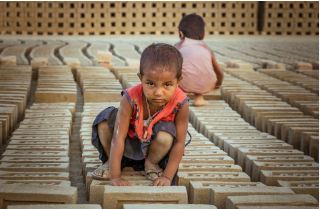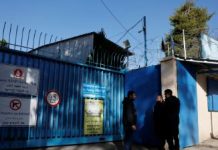ISLAMABAD, SEP 22 (DNA) — At least 20 thousand workers work at brickkilns and most of them are women and children facing exploitation which stirs the need for proper implementation of existing laws towards the most neglected sector, said Human Rights activist Ayub Malik here on Sunday.
Talking to media, In the world’s poorest countries, slightly more than 1 in 5 children are engaged in child labour and 87,000 children of brickklins workers had been enrolled in different government-sponsored schools for free education, while these workers were largely deprived of their legal rights and entitlements and forced to work in unhealthy and unsafe environments.
The working conditions, he added there are no better than the workers’ own living conditions. A majority of the workers at the brick kilns were working due to poverty while most of them have been sent by their families, he added.
He said that there should be a regulatory body to resolve the issues of these workers whereas a limited number of these workers had written contracts and the rest had a verbal understanding of their work, he added. Remuneration is fixed based on the number of bricks made or carried. On average, workers have to work for 11-13 hours so that they file petitions on the rights of brick kiln workers in this regard,” he lamented.
He said that due to improper taxing nature, the financial advances and loans taken by the workers bind them to work which should be ended, he demanded. The primary analysis focuses on identifying the prevailing child labour issue at the district level. The above graph shows the number of children below the age of fourteen working at brick kilns for each district, along with their educational standing.
According to this, we can see that the ‘Faisalabad’ district has the highest number of children employed below the age of 14. Vehari and Multan also have similar high child labour rates. Lastly, Narowal’s district has the lowest number of children employed in this age bracket, which constitutes only 0.41% of the total children employed, he added. —DNA

















